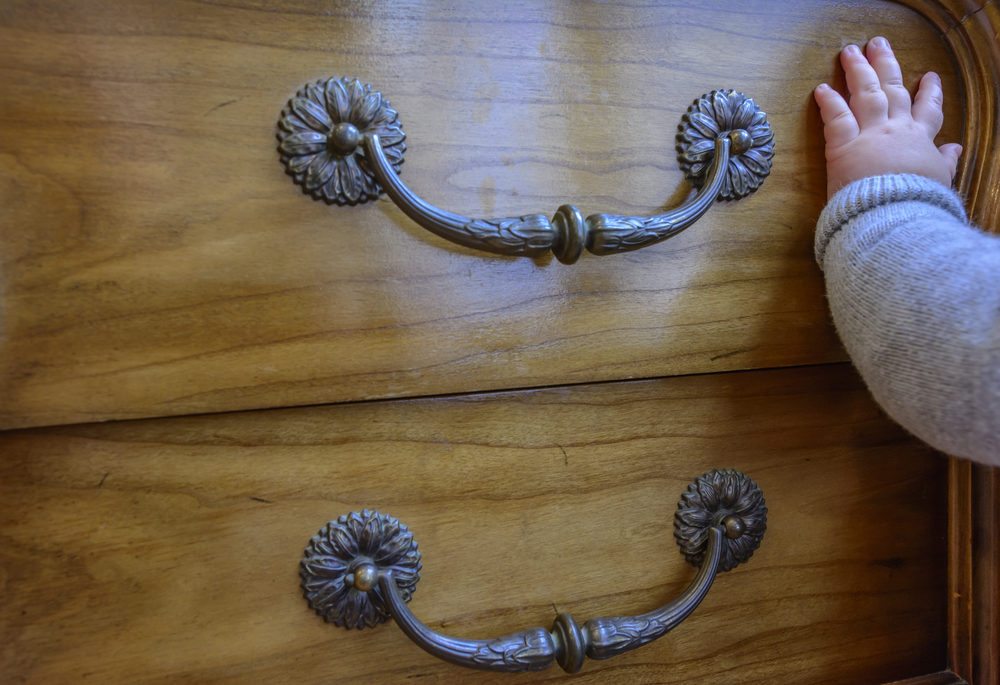Despite Tip-Over Injury Risks, Furniture Anchors Not Widely Used: Report

While thousands of children are treated at emergency rooms every year due to injuries resulting from furniture tip-over accidents, a new report suggests that many parents and caregivers fail to properly anchor dressers, television stands and other heavy pieces of furniture that may be prone to tip over.
Consumer Reports issued a new report this month, finding that only about 27 percent of consumers anchor furniture down in the home.
The study involved a survey of more than 1,500 adults, in which researchers sought to understand why consumers fail to utilize furniture anchors. Researchers found many consumers are confused by all of the different types of anchoring hardware, and indicate that it takes a level of skill to properly drill the devices into the walls.

Did You Know?
Millions of Philips CPAP Machines Recalled
Philips DreamStation, CPAP and BiPAP machines sold in recent years may pose a risk of cancer, lung damage and other injuries.
Learn MoreResponses to survey questions from Consumer Reports found the most common answers for not anchoring furniture to the floor were that “without children under six years old in the home it was not relevant”, “children under 6 years old in the house were not left alone”, and “the furniture seemed stable”.
Furniture tip-over risks are one of the most common dangers in every home across the nation, and pose a variety of fatal and severe injury hazards to children, such as suffocation and blunt force trauma. On average, a child is sent to the emergency room for a tip-over injury every 24 minutes in America.
The U.S. Consumer Product Safety Commission (CPSC) estimates there are approximately 38,000 Americans seen at emergency rooms each year for furniture tip-over hazards. The severity of injuries that come from tip-over accidents vary from minor scratches and bruising to fatal accidents. The CPSC data indicates that the majority of the accidents result in some sort of injury to the head or neck due to children reaching up on dressers and TV stands.
Two-thirds of these injury reports involve children younger than five years old and more than 80% involve children under 10. Children are most susceptible to tip-over accidents due to their height and that they may try to climb on a TV stand or dresser to reach remotes, gaming equipment, or toys. The CPSC recommends parents never leave remotes on dressers or anything that would entice a child to reach upward and pose a tip-over hazard.
With more than 430 deaths recorded by the CPSC over the last 13 years, the CPSC first launched its “Anchor It” campaign in 2015, which warns parents of the top hidden tip-over hazards in the home and how to take steps to prevent tip-over accidents from occurring.
The campaign was launched amid a recall of more than 35 million IKEA MALM dressers that were found to be in violation of industry standards that require furniture over specified heights to be anchored to walls to prevent tip-over hazards to consumers. Several deaths and dozens of injuries have been related directly to the MALM series dressers.
Currently, only dressers taller than 30 inches are covered under the voluntary furniture standards to be sold with anchoring hardware. Dressers are not required to meet the standard of taller dressers which require 50 pounds of weight be able to hang from an open drawer without tipping.
Get more articles like this sent directly to your inbox.
"*" indicates required fields




0 Comments